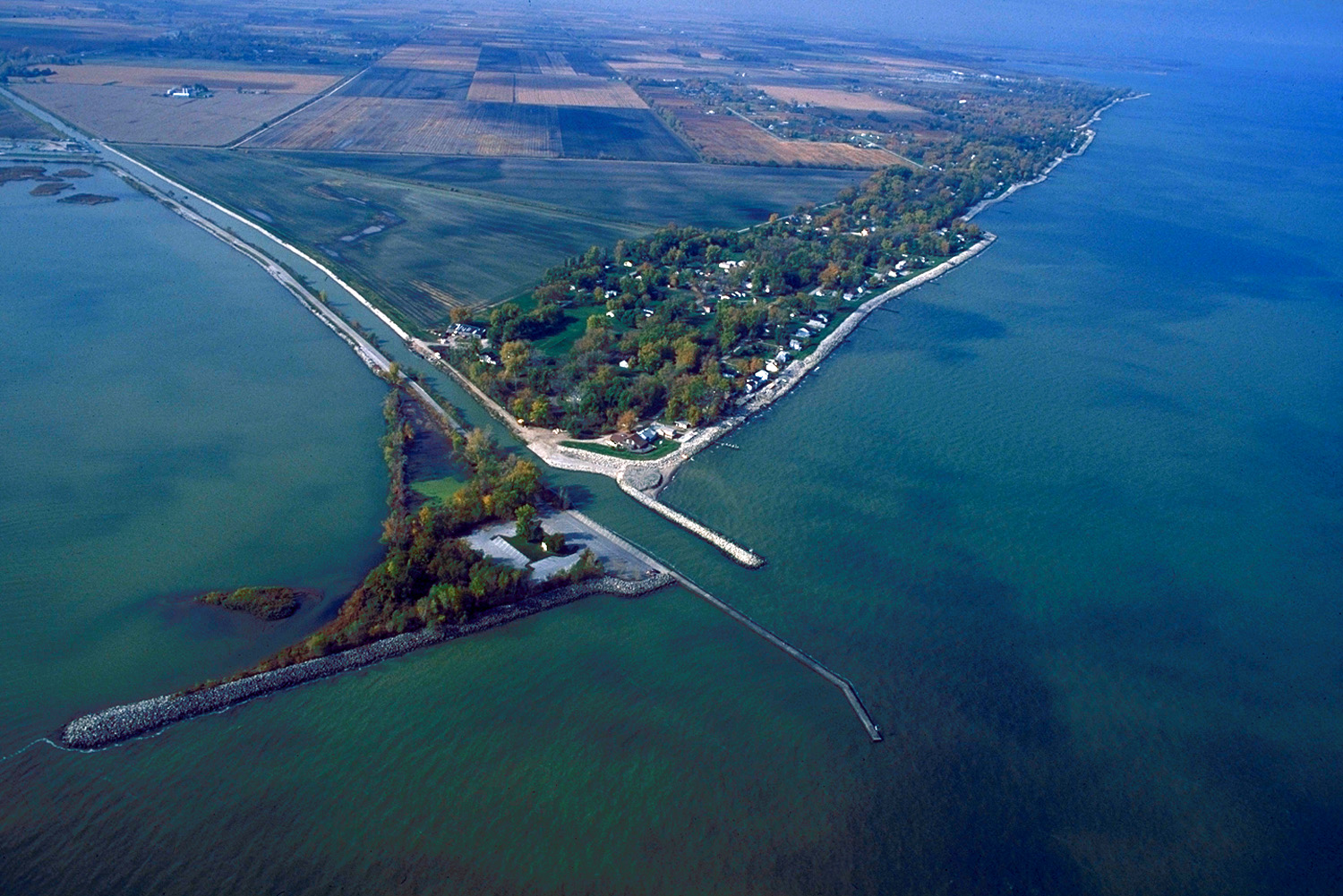A new report has found that Western Lake Erie is now at risk of crossing several potential tipping points caused by the interactions of a variety of drivers and stresses.
The report, Checkup: Assessing Ecosystem Health of the Detroit River and Western Lake Erie, also found that there has been considerable improvement in the Detroit River ecosystem and a surprising and heartening recovery of biota since the 1960s.
At the same time, the report indicated that much additional cleanup and restoration needs to be undertaken to restore the region’s physical, chemical, and biological integrity as called for in the Canada-U.S. Great Lakes Water Quality Agreement.
“This report is an excellent example of synthesis of science to comprehensively assess ecosystem health and of strengthening science-policy linkages in support of ecosystem-based management,” said Dr. Mike McKay, executive director of University of Windsor’s Great Lakes Institute for Environmental Research.
“Further, this report showcases how the intellectual capital of this binational region can be leveraged to help understand and address the region’s most pressing environmental and natural resource challenges,” added McKay.
The 11th biennial State of the Strait report was released by Canadian and U.S. partner organizations on September 29, 2020. It evaluated long-term datasets on 61 indicators of ecosystem health and discussions at the State of the Strait conference held on November 19, 2020 at the University of Windsor in Ontario. More than 40 organizations contributed individual indicator reports and more than 200 people participated in this binational conference.
The report identified eight key environmental and natural resource challenges that are threatening ecosystem health:
- Climate change.
- Eutrophication and algal blooms.
- Toxic substance contamination; invasive species.
- Habitat loss and degradation.
- Non-point source pollution.
- Human health and environmental justice.
- Population growth, transportation expansion, and land use changes.
A copy of the report is available here.









